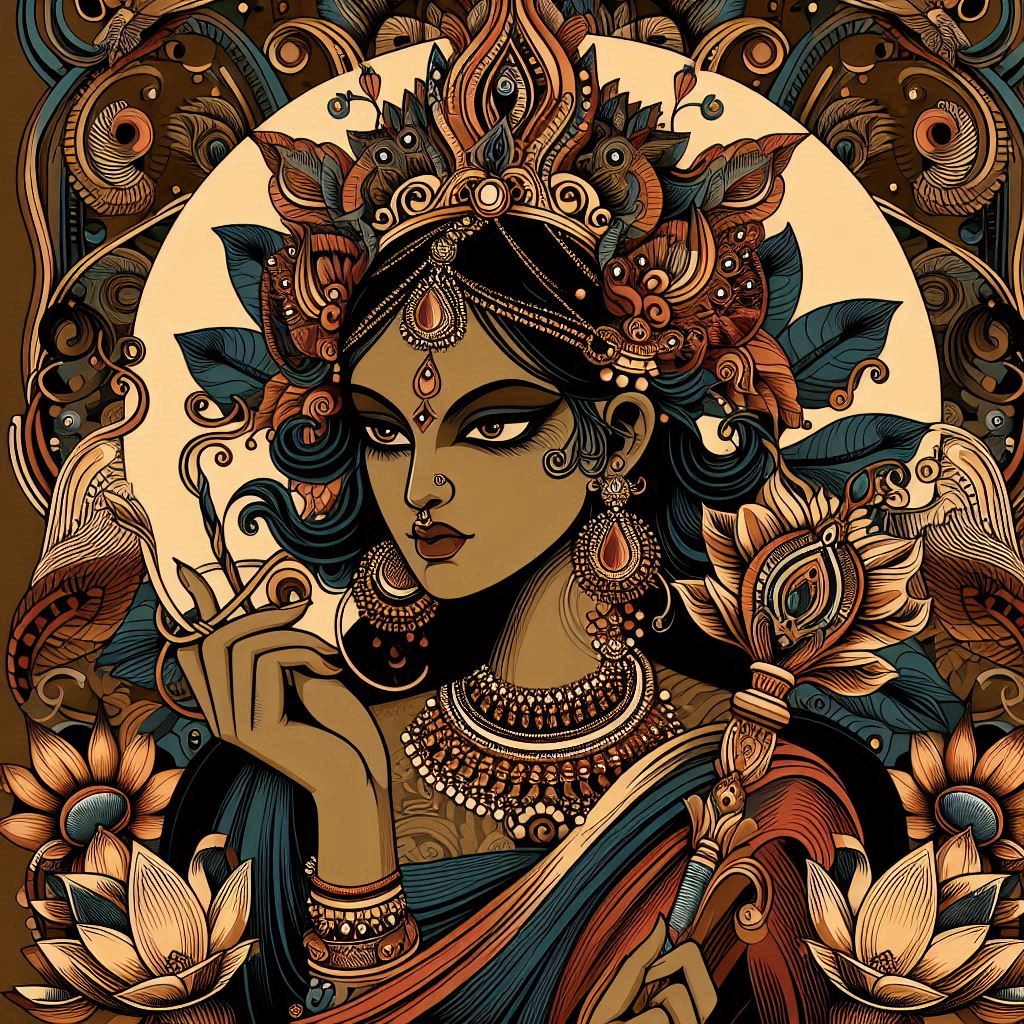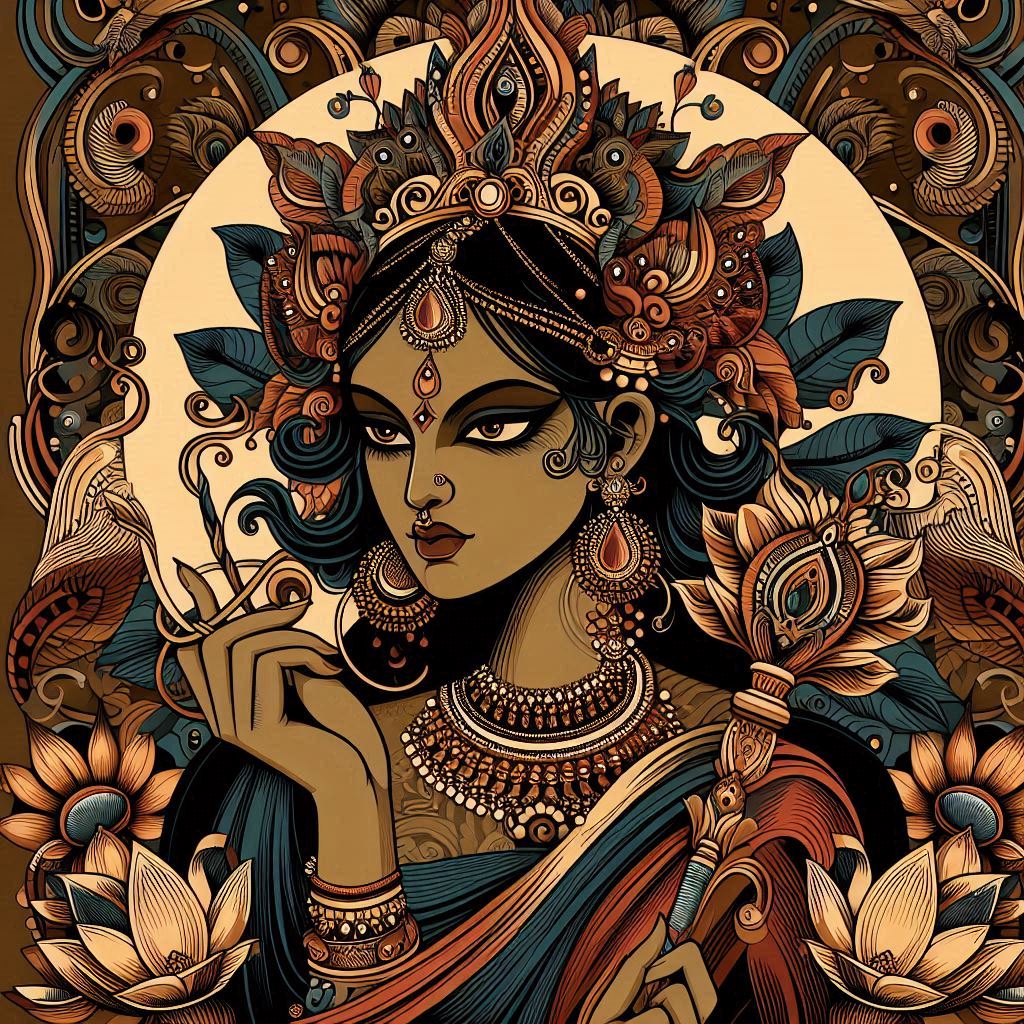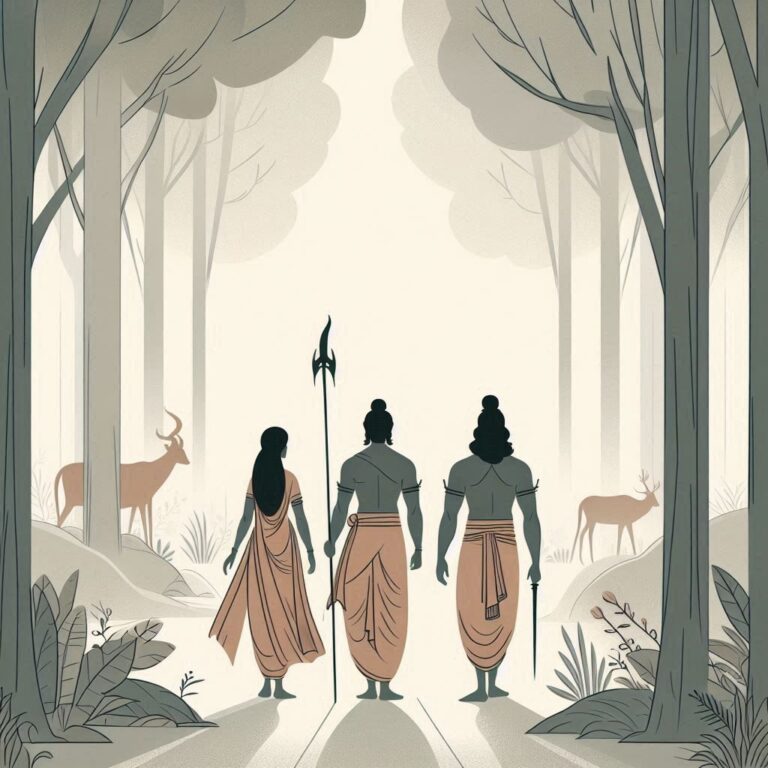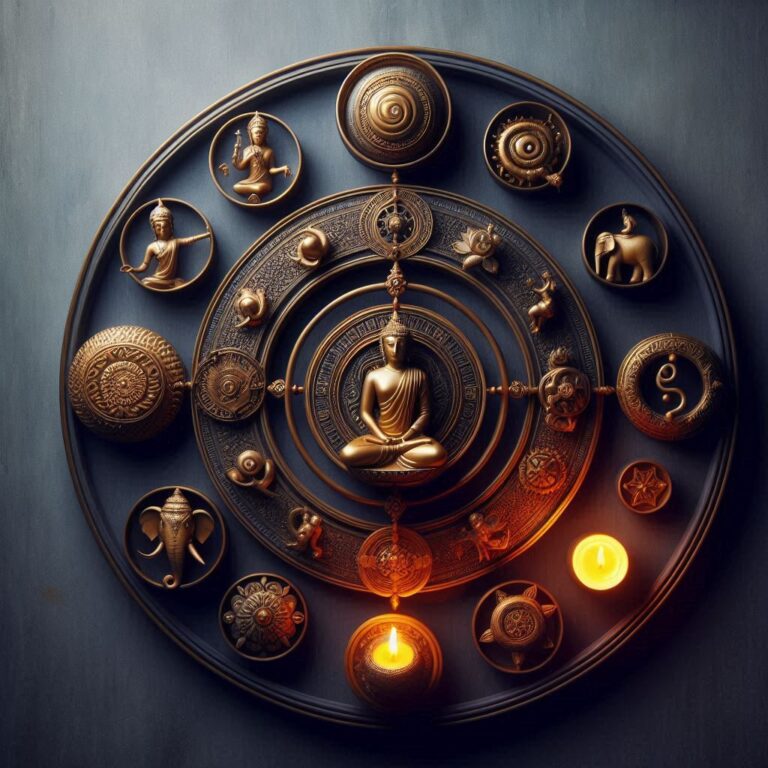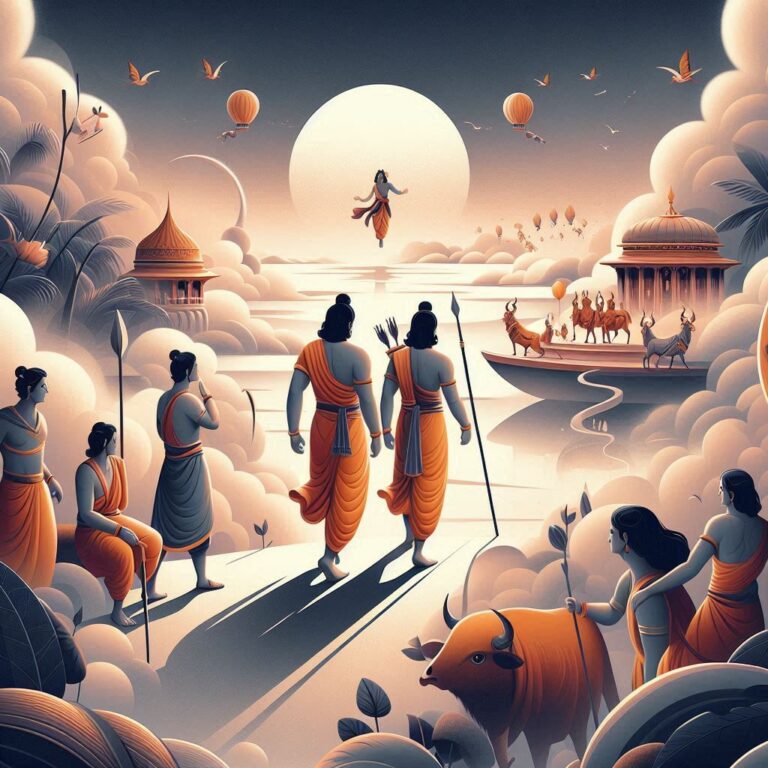Kaikeyi’s Pivotal Influence on the Ramayana’s Epic Narrative
Queen Kaikeyi: Catalyst of Change in the Ramayana
The Ramayana is one of those epic tales that have been passed down through generations, capturing hearts and minds with its mix of heroism, devotion, and moral dilemmas. But what if I told you that one of the most pivotal figures in this grand saga often gets a bad rap? Yes, I’m talking about Queen Kaikeyi. So, grab your cup of chai and let’s dive into the life and impact of this complex character, whose decisions set off a whirlwind of events in the Ramayana.
Who is Kaikeyi?
Kaikeyi, the daughter of King Ashwapati of Kaikeya, was one of King Dasharatha’s three wives. To many, she appears as the quintessential villainess—someone who, driven by jealousy and ambition, ultimately leads to the exile of Lord Rama. But is that the whole story? When you peel back the layers, you’ll find a woman of depth, emotion, and, let’s face it, a mother’s fierce love for her son, Bharata.
The Context of Her Actions
Before we judge Kaikeyi too harshly, let’s take a moment to consider the societal norms of her time. In ancient times, women often found their self-worth tied to their husbands and children. Kaikeyi, despite being of royal blood, was no exception. Her desire for Bharata’s ascension to the throne can be interpreted not merely as ambition but as a mother’s instinct to secure her child’s future.
Kaikeyi had two boons granted to her by Dasharatha during a battle where she saved his life. The catch here is that these boons later became ropes that bound her decisions and eventually altered the very fabric of the Ramayana’s narrative.
Kaikeyi’s Role in the Ramayana
The Boons: A Double-Edged Sword
Initially, the boons granted to Kaikeyi were a symbol of her strength and importance in the royal household. She used her two wishes to demand:
- The Banishing of Rama: She requested that Rama be exiled to the forest for 14 years.
- Bharata’s Ascendancy: Bharata would be crowned King in Rama’s place.
These decisions, steeped in personal motives, triggered a chain reaction that profoundly impacted the entire kingdom of Ayodhya.
The Aftermath of Kaikeyi’s Decisions
The immediate effect of her actions?
- Dasharatha’s Heartbreak: The king was distraught, torn between his love for Rama and his loyalty to his wife.
- Rama’s Exile: Upon hearing the news, Rama accepted his fate with grace and resolved to go into exile, showcasing his adherence to dharma.
- Bharata’s Dilemma: Upon returning to Ayodhya and learning of the situation, Bharata was disgusted by how his mother engineered these events. His love for Rama ultimately led him to reject the throne and vow to bring Rama back.
Kaikeyi believed she was acting in her son’s best interest, but she inadvertently disrupted familial bonds and created an emotional rift that echoed throughout the kingdom.
The Transformation of Kaikeyi
Now, let’s get real for a sec: Kaikeyi undergoes a monumental transformation throughout the epic. Initially portrayed as a scheming mother, her character gradually reveals an emotional depth that many readers often overlook.
- Isolation: Following her son’s exile, Kaikeyi finds herself alone, paying emotionally for decisions made in the heat of passion. The same love that originally drove her actions becomes a source of her torment.
- Regret: In later chapters, Kaikeyi is filled with remorse. Her actions had catastrophic consequences, and she bears the burden of having betrayed the son she originally wanted to empower.
Insights from Dohas and Shlokas
The impact of Kaikeyi can be tied to many profound teachings and wisdom embedded in Sanskrit literature. Here are a few notable Dohas and Shlokas highlighting her journey and wisdom:
1. Doha
भविष्यसिद्धि हेतु प्रताप, गुन विश्वास करे,
ध्यान समर्पित कर ले तन मन, तबे शुभ फल सपने।
Bhavishyasiddhi hetu pratap, gun vishwas kare,
Dhyan samarpit kar le tan man, tabhe shubh fal sapne.
To achieve your future, have the strength and faith, Dedicate your body and mind, then good fruits will surely come.
2. Shloka
या नस्तोषयति प्रमोदितम्, सदा चित्तमया सदा चित्तम्।
Yā naṣṭoṣayati prmōditam, sadā chittamayā sadā chittam.
She who brings joy to the heart, may it remain unwavering and full of enthusiasm.
3. Doha
सुख से हम जीते हैं, संतोष से जीवन बहे।
दुख सहने को देते हैं, सच्चाई की राह पे।
Sukh se ham jeete hain, santosh se jeevan bahe.
Dukh sahne ko dete hain, sacchai ki raah pe.
We live happily; life flows with contentment. To endure sorrow, is part of the path of truth.
4. Shloka
स्वधर्मे निधनं श्रेयः, पराधर्मो भयावहः।
Swadharme nidhanam shreyah, paradharmo bhayavah.
It is better to die in one’s own duty than to follow another’s out of fear.
5. Doha
कर्म करे तात, फल भक्ति में है।
जैसे वृक्ष लगाने पर, फल भी बकती में है।
Karma kare taat, phal bhakti mein hai.
Jaise vriksha lagane par, phal bhi bhakti mein hai.
Perform your duty, and the result lies in devotion; just as planting the tree leads to the fruit of devotion.
The Unseen Legacy of Kaikeyi
It’s easy to see Kaikeyi as a figure of betrayal, but that’s a narrow view.
The Lesson of Complexity
-
Human Flaws: Kaikeyi reminds us that human motivations can be complex and multifaceted. Our desires may lead us to make choices that, while understandable, can spiral into chaos.
-
Motherhood: The fierce protective instinct of a mother can often lead to unintended consequences. Kaikeyi exemplifies that dilemma where love intertwines with ambition.
An Invitation to Understand
So, how do we conclude Kaikeyi’s story in the Ramayana? It’s not just about vilifying her actions or sanctifying Rama. Rather, it’s an invitation to explore characters more deeply, to understand the gray areas of human emotions. After all, isn’t that what literature—and life—is all about?
Conclusion
In the grand tapestry of the Ramayana, Queen Kaikeyi’s influence serves as a catalyst that propels the narrative forward, sparking conflicts with far-reaching consequences. Rather than casting her as a mere antagonist, we should view her journey through a lens of understanding, recognizing the emotional and moral complexity in her choices. Her character serves as a reminder that our decisions, rooted in love and care, can have unforeseen ramifications. Just as every action leads to consequences, every character in this epic illuminates a different facet of human emotion, thereby inviting us to reflect on our own lives.
FAQs
1. Why is Kaikeyi often viewed as the villain in the Ramayana?
Kaikeyi is labeled a villain primarily due to her demand for Rama’s exile and Bharata’s ascension. However, her actions stem from maternal love and societal pressures.
2. What lessons can we learn from Kaikeyi’s character?
Kaikeyi teaches us about the complexities of human emotions and the unintended consequences that can arise from even the best intentions.
3. In what ways did Kaikeyi influence the storyline of the Ramayana?
Her decisions restructured familial dynamics and catalyzed Rama’s journey, ultimately emphasizing themes of duty, sacrifice, and dharma.
4. How does Kaikeyi embody the struggles of motherhood?
Her fierce protection for her son, Bharata, reflects the universal challenges mothers face between ambition for their children and the consequences of their choices.
5. What role does regret play in Kaikeyi’s story?
Regret becomes a significant theme as Kaikeyi realizes the emotional devastation brought on by her decisions, showcasing her character’s evolution and humanity.
